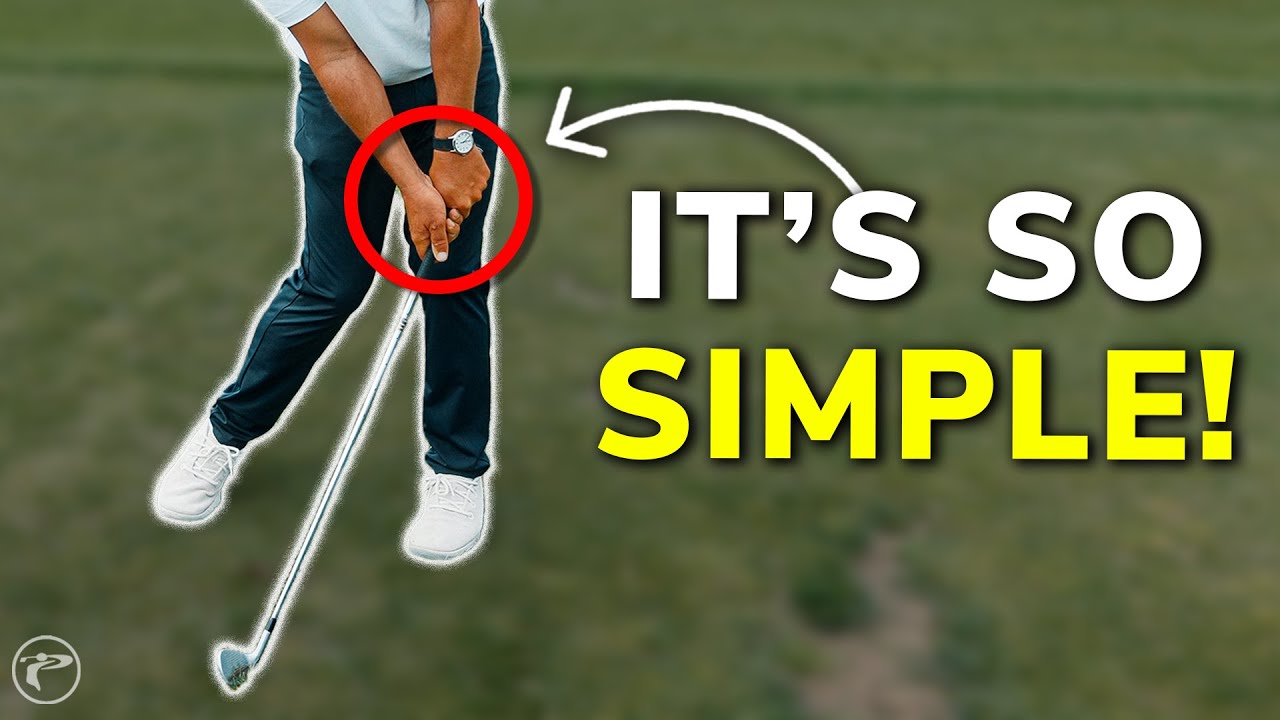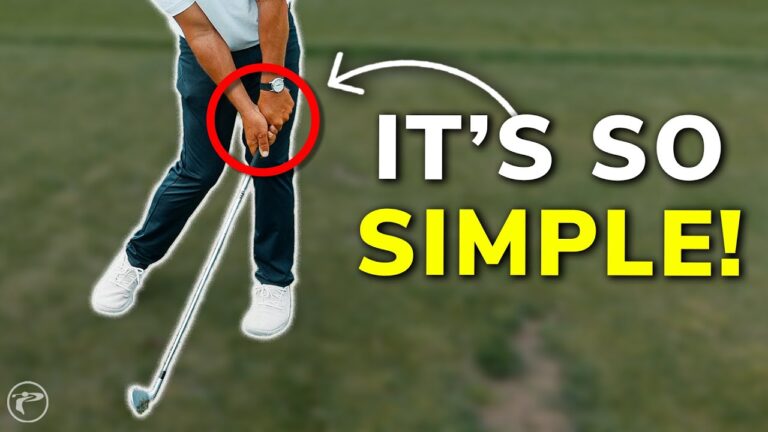
Ever dreamt of hitting the golf ball with precision like a pro? Unlock the secret to perfect golf ball compression with our step-by-step guide. Whether you’re a seasoned golfer or a novice, mastering these techniques will revolutionize your game.
Table of Contents
- Step 1: Understand the Importance of Taking a Divot After the Ball
- Step 2: Master the Later Release for Better Shaft Lean and Ball-First Contact
- Step 3: Stay Down Through Impact and Avoid Standing Up Early
- Step 4: Use Drills to Train Your Hands and Body to Release Correctly
- Step 5: Focus on Centered Setup and Better Pan Path for Consistency
- Step 6: Visualize and Feel the Clubface Staying Square Through Impact
- Step 7: Practice Controlled Acceleration Through the Ball
- Step 8: Warm Up with Compression-Focused Practice Swings
- Step 9: Recognize the Signs of Good Compression
- Step 10: Commit to Consistent Practice and Patience
- Frequently Asked Questions About Compression in Golf
- Conclusion
Step 1: Understand the Importance of Taking a Divot After the Ball
Striking the ball with the clubface before taking a divot is crucial. It maximizes energy transfer and maintains control. Practice hitting the ball first, ensuring your swing takes a divot just beyond it.
Step 2: Master the Later Release for Better Shaft Lean and Ball-First Contact
A late release helps maintain forward shaft lean. Focus on transferring your weight to your left leg as you swing, allowing your hands to lead through impact.
Step 3: Stay Down Through Impact and Avoid Standing Up Early
To avoid loss of compression, keep your chest down and connected through impact. Aim for a side bend finish rather than an upright posture.
Step 4: Use Drills to Train Your Hands and Body to Release Correctly
- Divot Line Drill: Practice hitting the turf past the ball to reinforce the correct swing path.
- Left Leg Release Drill: Focus on weight shift to stabilize your lower body during swings.
- Chest-Down Drill: Conduct half swings maintaining your posture through impact.
- Slow-Motion Swings: Rehearse the correct sequence slowly to build muscle memory.
Step 5: Focus on Centered Setup and Better Pan Path for Consistency
A balanced setup with a controlled swing path ensures solid contact. Maintain a centered position during swings to enhance consistency.
Step 6: Visualize and Feel the Clubface Staying Square Through Impact
Keep the clubface square as you swing. Visualize compressing the ball into the turf for optimal performance.
Step 7: Practice Controlled Acceleration Through the Ball
Ensure a stable finish by accelerating through the ball with control, maintaining your position and shaft lean.
Step 8: Warm Up with Compression-Focused Practice Swings
Prepare by performing slow practice swings emphasizing control and compression before actual shots.
Step 9: Recognize the Signs of Good Compression
- Long Divots After the Ball: Indicates solid compression.
- Consistent Ball Flight: Look for low, penetrating trajectories.
- Stable Clubface: Results in straight shots.
- Feel of Compression: A strong connection at impact.
Step 10: Commit to Consistent Practice and Patience
Regularly practice drills and focus on feedback to refine your technique over time. Dedication leads to improvement.
Frequently Asked Questions About Compression in Golf
Q: Why is taking a divot after the ball important for compression?
A: It ensures that you strike the ball first, enhancing control and energy transfer for better shot results.
Q: How can I feel the difference between releasing the club early and releasing it late?
A: Early release results in the clubhead passing your hands too soon; late release retains hand control longer through impact.
Q: What drills can help me stay down and avoid standing up too early?
A: Focus on drills that teach proper posture and weight transfer, like half swings with attention on chest alignment.
Q: How do I know if my clubface is square through impact?
A: Consistent, straight shots often indicate a square clubface through impact.
Q: Can improving compression help me fix thin or flipped shots?
A: Yes, emphasizing compression leads to more solid contact and eliminates common mishits like flipping.
Conclusion
Mastering golf ball compression elevates your game. Focus on correct technique and develop control through dedicated practice. Follow these steps and see your game transform with more powerful, accurate shots. Start today, and feel the difference in your golfing performance!


0 Comments